HIGHLIGHTS
PROGRAM UPDATES
Three More States Adopt Tall Mass Timber Provisions California Adopts 2021 I-Codes, Changes to Chapter 7A Low-Carbon Construction Ranks First in Annual Timber Trends Survey WoodWorks Webinar About Ascent Draws Record Attendance The AWC Adds Engineering ExpertiseINDUSTRY NEWS
Gensler Projects Expanded Role for Mass Timber in Science Buildings Housing Starts Grew by Double Digits in 2021 New Federal Forest-Management Efforts to Boost Wood Products Supply Chain From Green Premiums to Brown Discounts, Investors Turn to More Sustainable Buildings Construction Contractors Brace for Busy 2022 Wood Design, Sustainability Add to Accessory Dwelling Units’ Draw Start-Up Veterans Launch Housing VentureProgram Updates
Three More States Adopt Tall Mass Timber Provisions
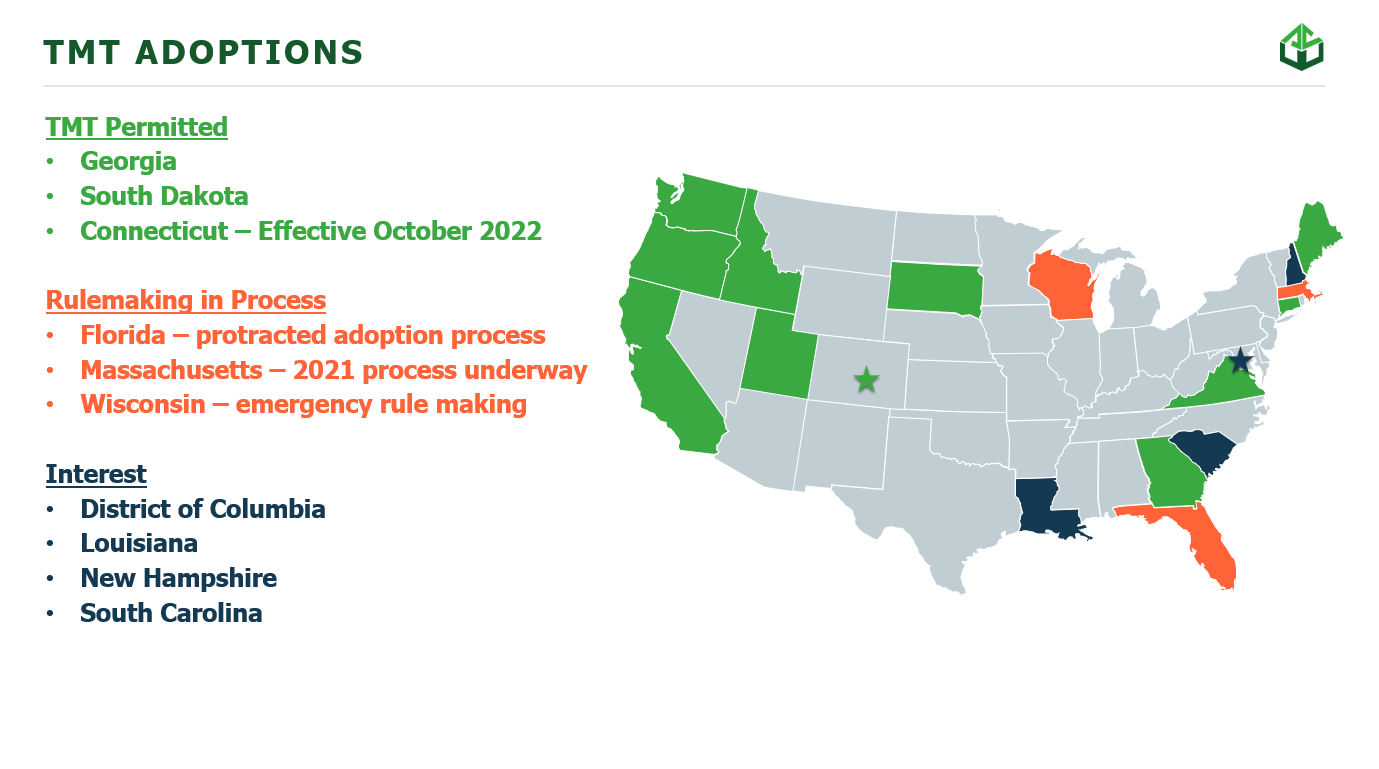
Thanks in part to the American Wood Council’s (AWC) ongoing education and outreach efforts, Georgia, South Dakota, and Connecticut recently joined the growing list of states that have adopted the 2021 International Building Code (IBC) tall mass timber provisions.
Georgia added the tall mass timber provisions as an amendment to its state building codes, effective January 1; South Dakota adopted the entire 2021 IBC, including the tall wood provisions; and Connecticut finalized its adoption of the 2021 IBC and International Fire Code, which will be effective in October.
Ten states and the city of Denver have adopted the tall wood provisions thus far, and an additional three states and the District of Columbia are moving toward adoption. The SLB’s latest impact forecast estimates that by unlocking these tall mass timber codes in the 11 jurisdictions that have adopted, the softwood lumber industry is presented with an additional 93 million board feet of volume opportunity a year by 2035 and moving forward. States and cities included in this estimate include California, Connecticut, Georgia, Idaho, Maine, Oregon, South Dakota, Utah, Virginia, Washington, and Colorado.
California Adopts 2021 I-Codes, Changes to Chapter 7A
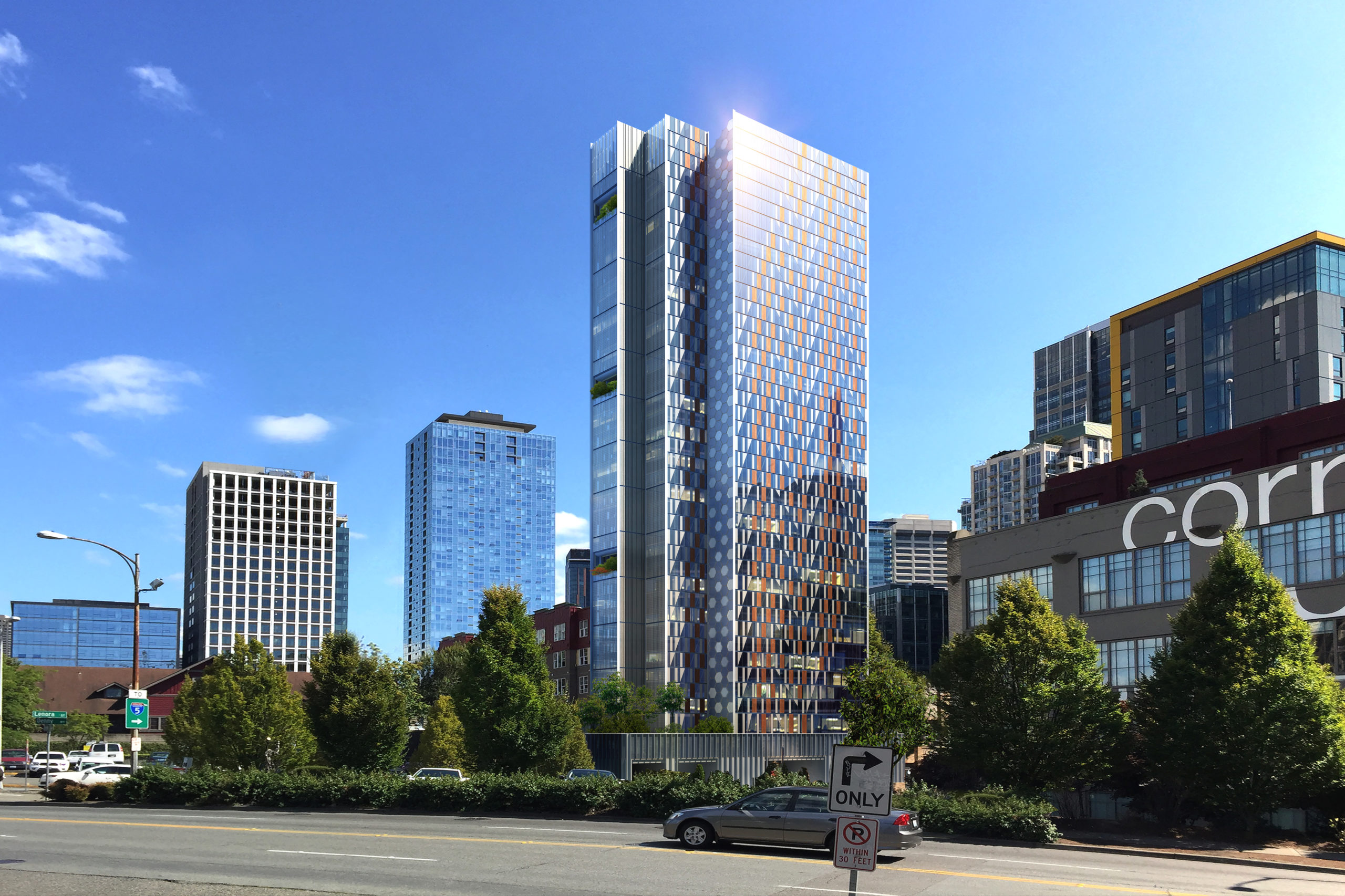
The AWC continued the practice of proactive engagement with the California building code community by participating in the California Building Standards Commission’s meeting to consider the adoption of the 2021 IBC and related amendments. The committee’s successful adoption of the 2021 IBC in effect overrode its previous adoption of tall mass timber code change amendments, which had been in effect since July 1, 2021.
During the meeting, the state fire marshal proposed, and the commission approved, minor and editorial changes to Chapter 7A, which includes standards associated with the construction of buildings in wildfire-prone areas. Changes to the wildland-urban interface (WUI) code provisions had little to no effect on the current provisions permitted in Chapter 7A, in part due to a three-year education and outreach effort by the AWC’s WUI task group, composed of industry members and other wood associations. The focused effort positioned the AWC and supporters to put off potentially challenging proposals to the next code cycle, allowing time for testing and research to be completed before making any unnecessary and costly revisions to the existing code provisions. During the next cycle, now underway, the AWC will work with the state fire marshal’s office on the adoption of the International Wildland-Urban Interface Code but with revisions that recognize provisions that allow for approval of a product based on its performance.
Low-Carbon Construction Ranks First in Annual Timber Trends Survey
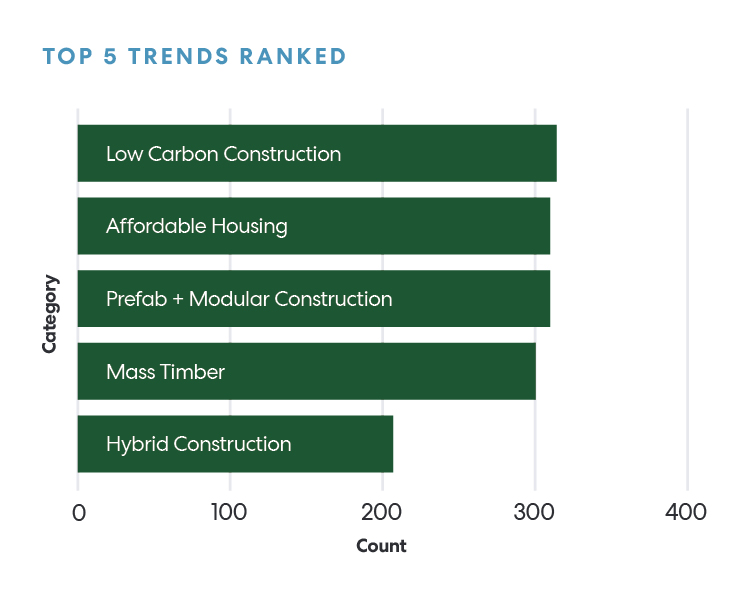
Think Wood recently completed its annual Timber Trends survey of 500 architecture, engineering, and construction professionals. According to the survey, the top trends, in order, are:
- Low-carbon construction
- Affordable housing
- Prefabrication/modular
- Mass timber
- Hybrid construction
- Workplace health and wellness
- Tall wood
- High-density housing
- Biophilic design
While the top five trends are the same as in 2021, the order of priority has shifted, with affordable housing moving from the No. 5 trend in 2021 to the No. 2 trend in 2022; and mass timber moving from second place in 2021 to the No. 4 trend in 2022. The top three trends—low-carbon construction, affordable housing, and prefabrication/modular—ranked within >1% of each other, suggesting that these trends are equally relevant to today’s design and building professionals.
Survey respondents also had the chance to weigh in with their thoughts, remarking that, for example:
“Major needs for housing will drive materiality and construction types. I think finding a way to use prefab, mass timber low-income housing that is competitive to traditional house construction will be an interesting endeavor.”
“Mass timber will help institutional investors work closer to their ESG goals, and modular construction will allow developers to try to mitigate labor issues in construction.”
Beyond ranking top trends, Think Wood uses this research to better understand how practitioners view embodied carbon and engage with carbon tools. Key findings include:
- Of respondents, 77% consider embodied carbon impact when specifying structural materials at least some of the time. And 32% weigh the impacts all or most of the time, pointing to the carbon footprint of building materials as influential in building design.
- The use of formal whole-building life cycle assessment or carbon accounting tools is not yet widespread. Only 8% of respondents use LCA/carbon accounting tools all or most of the time, while 29% report using these tools “some of the time.” Given the interest in embodied carbon, we will likely see these tools used more in the years to come. Ensuring wood products are accurately represented in the tools is a worthwhile investment for low-carbon buildings and to protect future market share.
- Of respondents, 72% report that their firms either already have established, currently are establishing, or plan to soon establish ESG goals and/or carbon targets.
To learn more about the survey findings, download the Timber Trends Overview here.
WoodWorks Webinar About Ascent Draws Record Attendance
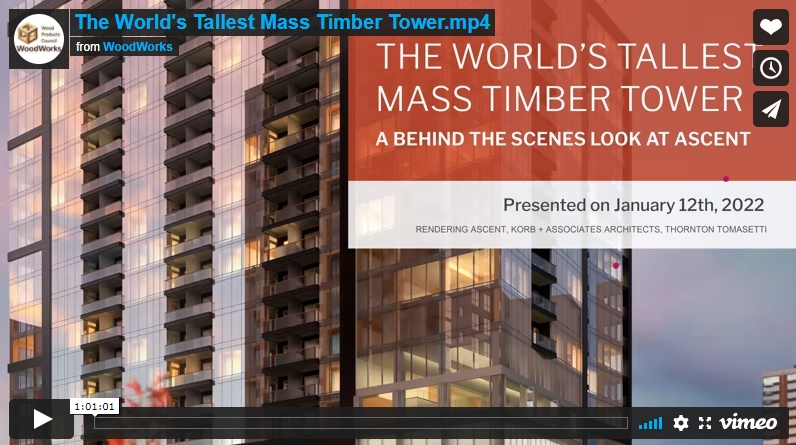
When Milwaukee’s Ascent is completed this summer, it will be the tallest timber building in the world, featuring 19 stories of mass timber over a six-level podium. After supporting the project team during design, WoodWorks is now seeking to inspire the broader architecture, engineering, and construction community to build tall with wood by sharing insights into Ascent’s development process, including code approval.
In January, a WoodWorks-hosted webinar gave a behind-the-scenes account of Ascent’s development to 2,318 attendees—a record for WoodWorks. The webinar featured an interview by WoodWorks president, Jennifer Cover, with Ascent developer, Tim Gokhman of New Land Enterprises; architect, Jason Korb of Korb + Associates; and structural engineer, Jordan Komp of Thornton Tomasetti. The webinar is now available on demand via the Wood Institute, and WoodWorks is working to repurpose the footage for inclusion in a social media campaign to coincide with Ascent’s completion later this year.
The AWC Adds Engineering Expertise
The AWC increased its technical expertise and capacity to support wood-friendly codes and standards development by welcoming two additional engineers to its staff in February.
Dr. Omar Amini joined the AWC as its new Manager, Wind and Seismic Engineering. Amini has nearly a decade of experience in structural and experimental design and in the modeling of wood structures to resist wind and seismic loads. For his Ph.D., he developed seismic performance factors for the cross-laminated timber (CLT) shear wall systems that are used in the AWC’s ASTM standards. Amini serves on the ICC Residential Assessment and Seismic Retrofit Committee, which is working to develop a standard for seismic retrofit and assessment of one- and two-family dwellings.
The AWC has also engaged Dr. Francisco Flores as its Manager, Engineering Technology. Flores, who will work as a consultant for the AWC, holds PhDs in civil engineering from Virginia Tech and the Pontifical Catholic University of Chile. During and after his tenure at Virginia Tech, Flores contributed to the AWC’s seismic study of wood-frame shear wall structures and brings extensive experience in solving structural dynamics issues.
Industry News
Gensler Projects Expanded Role for Mass Timber in Science Buildings
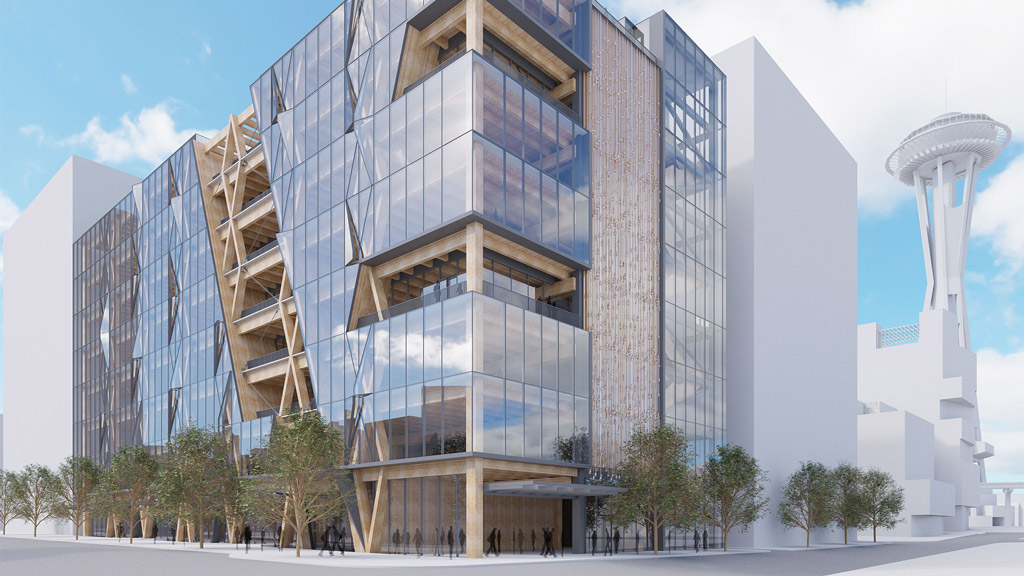
Global design and architecture firm Gensler partnered with Buro Happold and KPFF to create a conceptual framework for the next generation of American science and laboratory buildings. Their design concept, called NEXT, is sited in Seattle, leverages industry-specific research and data, and aims to support increased decarbonization as a means to increase resiliency to climate change.
To meet the concept’s decarbonization, performance, and usage goals, NEXT features mass timber and off-site modular construction. The project team estimates that this approach will yield 30% faster and 10% cheaper construction than putting up a conventional concrete lab building. Thanks to less construction waste and transportation needs, the team also estimates that NEXT will use 80% less carbon than a concrete alternative, amounting to 5,200 total metric tons of CO2 savings.
Read more about NEXT here.
Housing Starts Grew by Double Digits in 2021
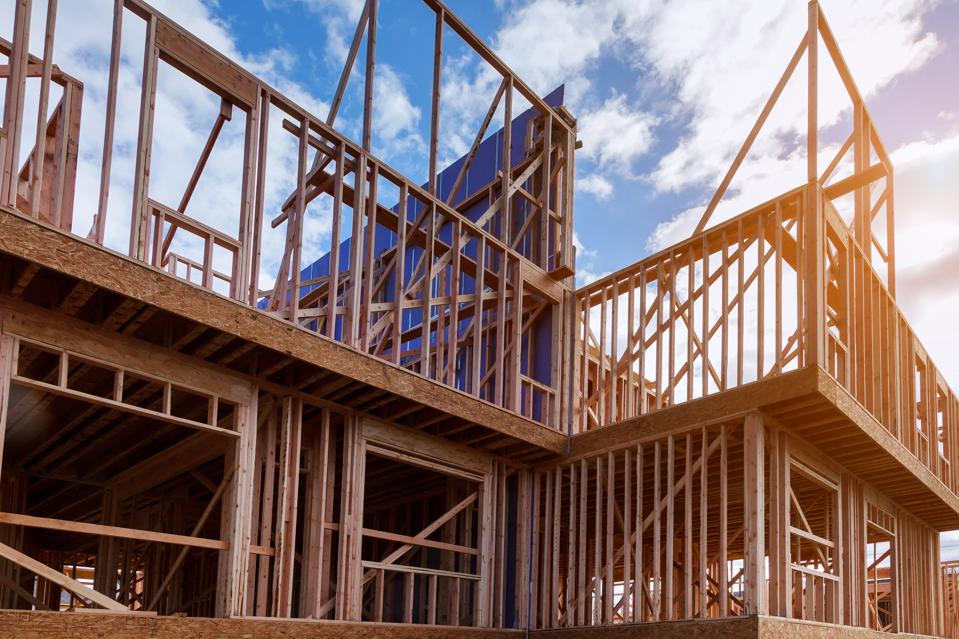
According to recently released data from the National Association of Home Builders (NAHB), total housing starts grew 15.6% year-over-year from 2020 to 2021, with 1.6 million starts recorded in 2021. Single-family starts grew 13.4%, and multifamily starts of five units or more were up 22.1% compared with 2020.
Interestingly, while much attention has been given to housing growth in the Sunbelt and Mountain West, the Northeast registered the most growth in housing starts and permitting in 2021 on a year-over-year basis.
These impressive figures belie the fact that housing starts slowed in December 2021, mainly because of supply chain and price challenges. The NAHB’s 2022 housing outlook expects further gains for multifamily starts and remodeling, but flat conditions for single-family construction. As NAHB Chief Economist Robert Dietz notes, “As mortgage interest rates are rising and construction costs increase, affordability headwinds are steepening.”
Read more about housing start trends and the NAHB’s analysis here.
New Federal Forest-Management Efforts to Boost Wood Products Supply Chain
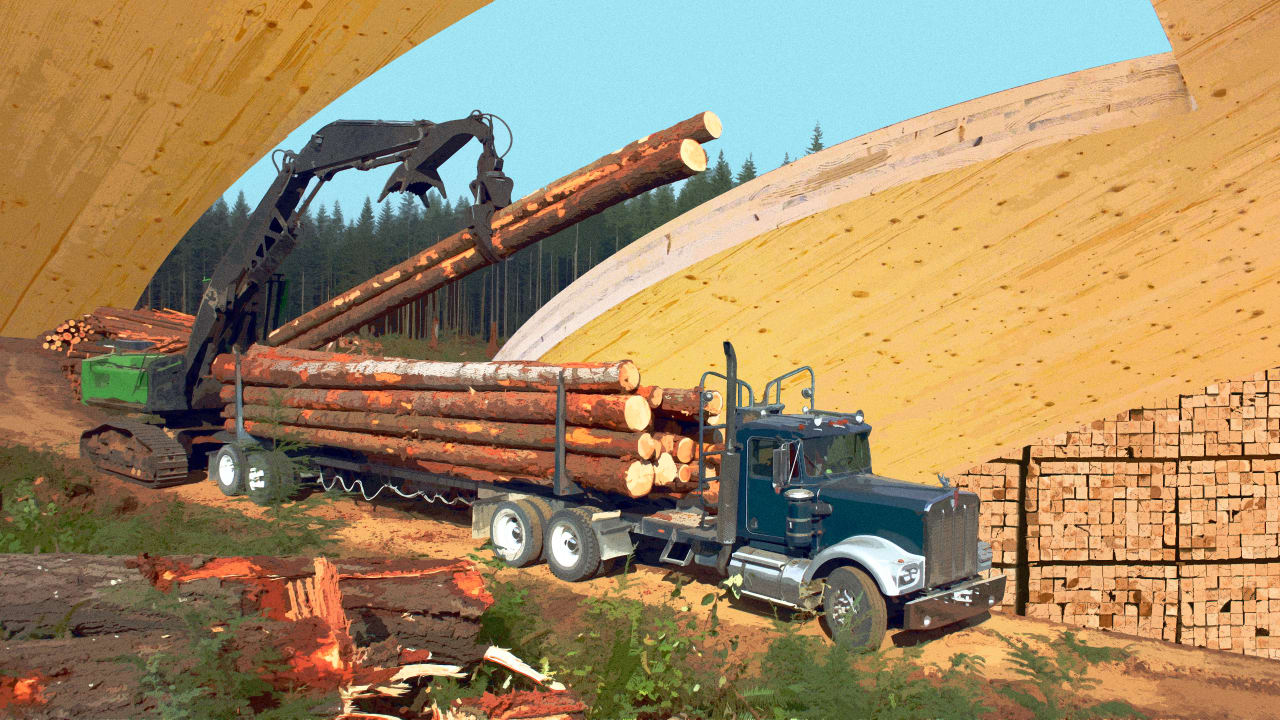
The U.S. Department of Agriculture and the U.S. Forest Service (USFS) announced a $50 billion plan to conduct prescribed burns and thinning on more than 20 million acres of federal forests in the coming decade to reduce the risk of destructive wildfires and bolster overall forest health. Analysts expect that a positive byproduct of this effort will be a large infusion of responsibly harvested wood into the building materials supply chain.
In an interview, Cynthia West, Director of USFS’s Products Lab, indicated that she expects thinned timber to be converted into lumber, engineered wood products, and other types of materials, including nanomaterials for inclusion in cement products. West notes, for example, that leveraging these products to build tall wood buildings will bring about long-term carbon sequestration opportunities and help reduce the overall carbon footprint of the building sector.
Architects, such as Jacob Dunn of ZGF Architects, are on record as celebrating the increased availability of sustainable, wood-based building materials. According to Dunn, “Any increase in supply from good ecological sources is fantastic and much needed.”
Read more about the USFS’s plans and its impact on wood construction here.
From Green Premiums to Brown Discounts, Investors Turn to More Sustainable Buildings

Writing as part of the World Economic Forum’s Davos Agenda, Christian Ulbrich, the President of global real estate investment firm JLL, overviews how corporations are increasingly valuing sustainability in their building and real estate strategies as a way to protect investments from climate change and promote occupant well-being.
JLL’s “Decarbonizing the Built Environment” report found that 63% of investors strongly agreed that sustainable design and green strategies, including net-zero carbon, can lead to higher occupancy rates, rents, tenant retention, and overall value. Green buildings’ premium pricing and returns contrast sharply with the prospect of a “brown discount” for older and less efficient commercial buildings, which are likely to see declines in value.
Ulbrich notes that green buildings, while increasing in number, are still in the minority of the world’s building stock, but “the reasons to take action to cut carbon emissions from real estate are now overwhelmingly greater than the reasons to do nothing.”
Learn more about changing attitudes towards sustainability in real estate here.
Construction Contractors Brace for Busy 2022
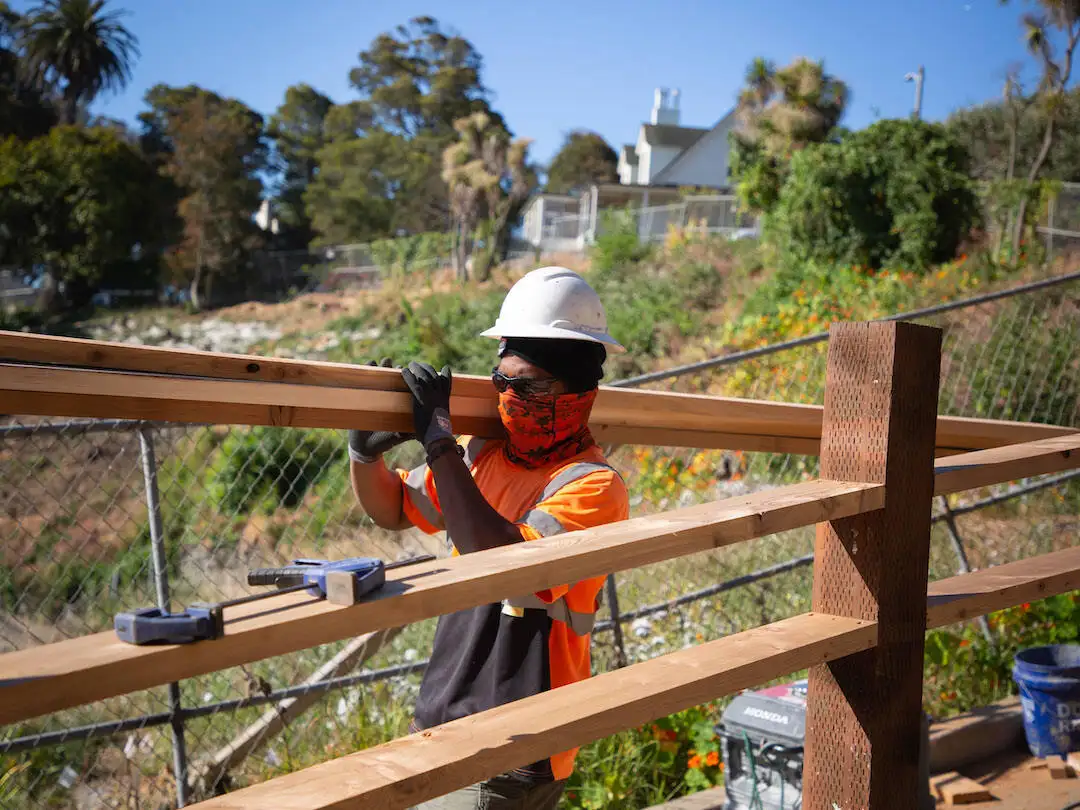
Recent surveying of more than 1,000 contracting firms conducted by the Associated General Contractors of America and Sage indicates that construction contractors expect increasing demand across project types in 2022 despite ongoing supply chain and labor challenges.
Survey respondents expect market segment growth across 15 of 17 project categories, including multifamily construction (with net reading of 32%); highway and bridge construction; transit and water and sewer projects; warehouses; and healthcare facilities. Only retail and private office construction received negative net readings from respondents.
Respondents signaled their optimism while also acknowledging that they expect to face tight labor markets, labor shortages, higher construction costs, and schedule delays, attributable to the pandemic and ongoing supply chain challenges.
Read more about the survey results here.
Wood Design, Sustainability Add to Accessory Dwelling Units’ Draw
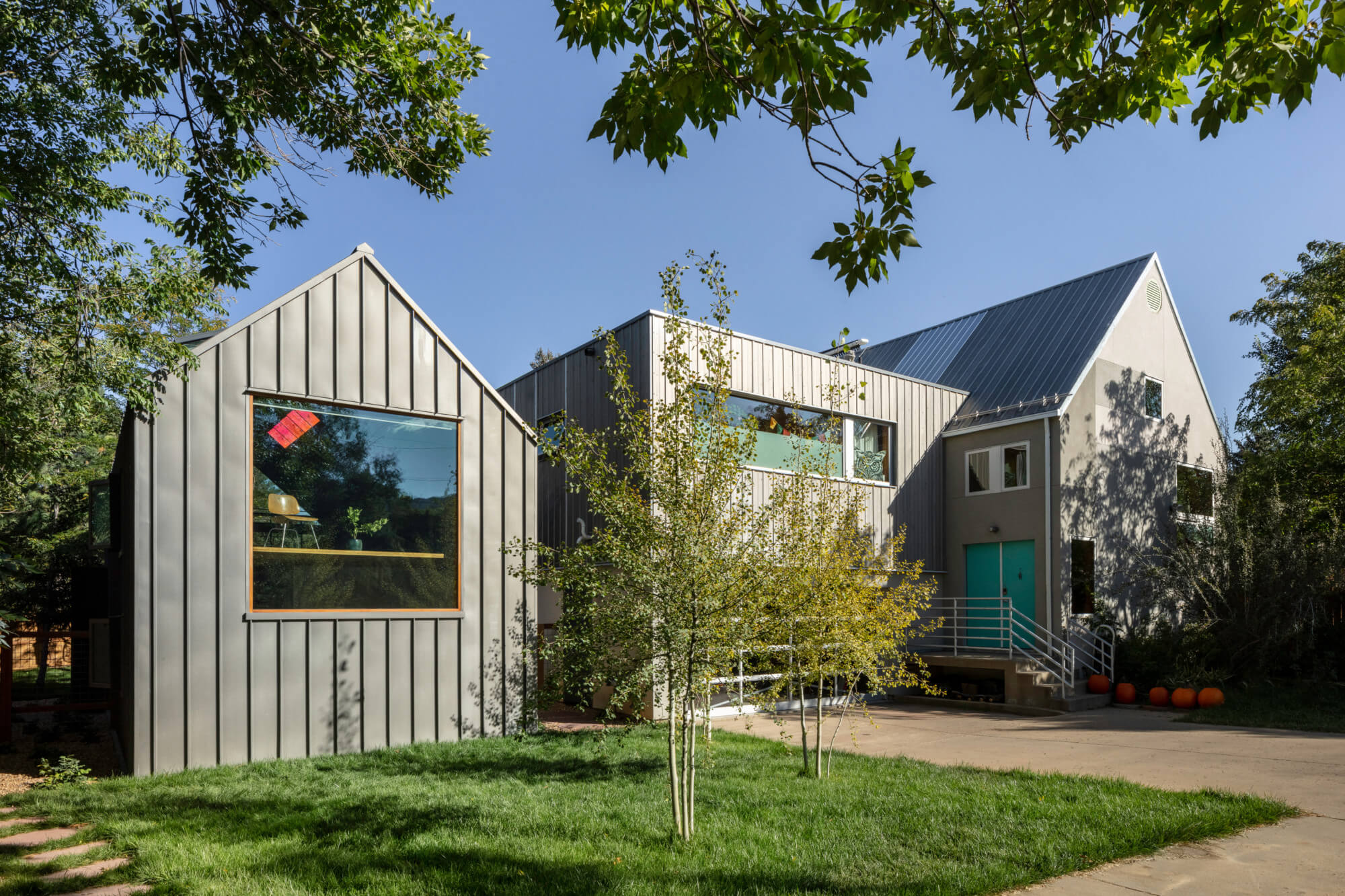
Along the West Coast, more municipalities are encouraging accessory dwelling units (ADUs) as a means to combat local housing crises. This shift to ADUs is being facilitated by a combination of legislation, public policy, and public investment, as well as a host of cost-efficient, replicable, and easily accessed designs.
In Boulder, Colorado, Denver-based Tres Birds recently introduced an attractive, freestanding timber ADU design that earned the designation of an Affordable Accessory Unit under the city’s Affordable Housing Program. The two-story, 800-square-foot unit features reclaimed wood and numerous energy-efficient technologies to meet both sustainability and housing goals.
Read more about the growth of ADUs here.
Start-Up Veterans Launch Housing Venture
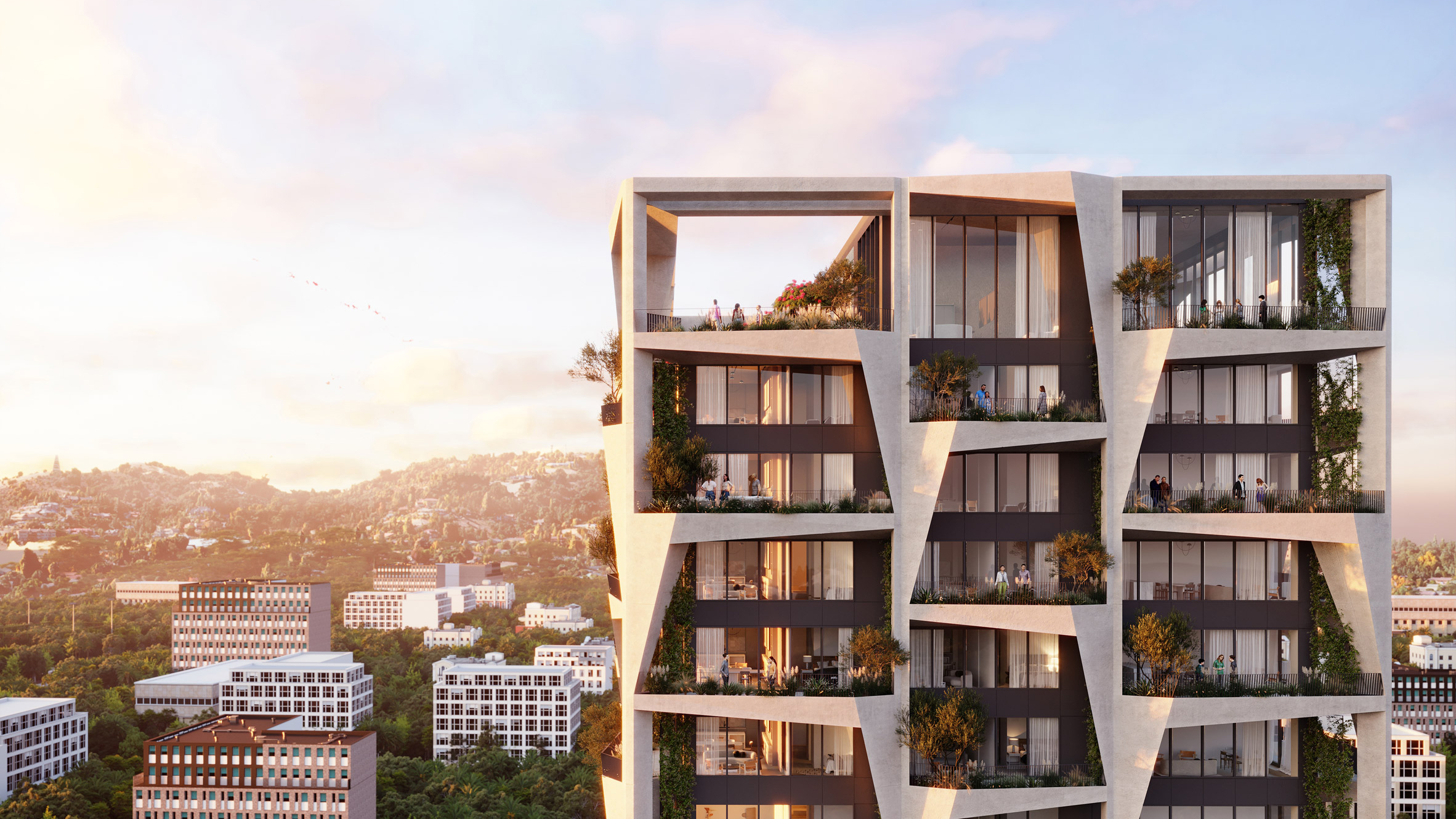
Architecture and design magazine Dezeen recently interviewed the team behind Nabr, a new Silicon Valley real estate tech start-up that aims to revolutionize the housing sector by delivering sustainable, multifamily, and consumer-focused housing. Nabr is working to develop a series of mass timber apartment blocks using modular construction; it announced its first block—the 125-unit SoFA One apartment building in San Jose, California—in December.
Established by Bjarke Ingels of BIG; Roni Bahar, formerly of WeWork; and Nick Cham of the now-defunct Sidewalk Labs, Nabr believes that its modular, structural system will allow for new levels of design and supply chain integration and efficiency. Prices for SoFA One start in the high $700,000s per unit, but Nabr is optimistic that as it improves its processes, costs will come down.
Read more about Nabr’s plans here.
Industry Resources
FEA’s Housing Dashboard
This housing dashboard is provided compliments of the Forest Economic Advisors (FEA).
View the February Dashboard
Virginia Tech's Monthly Housing Report
This monthly housing commentary report is a free service of Virginia Tech and is intended to help one gauge future business activity in the U.S. housing market.
December 2021 Reports (released in February 2022)
Part A: December Housing Commentary
Part B: December Economic Conditions


